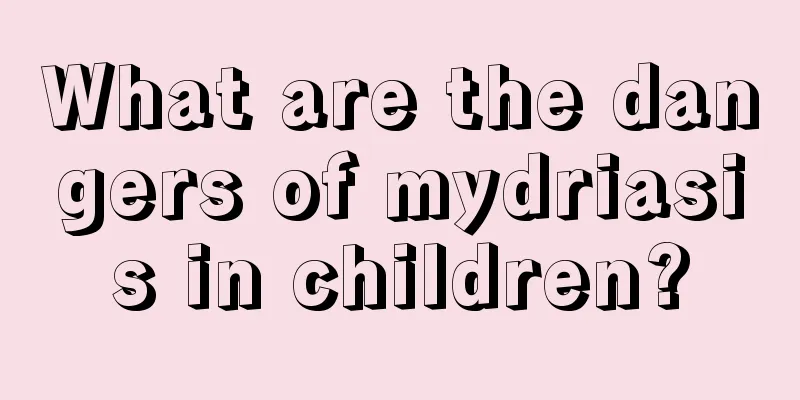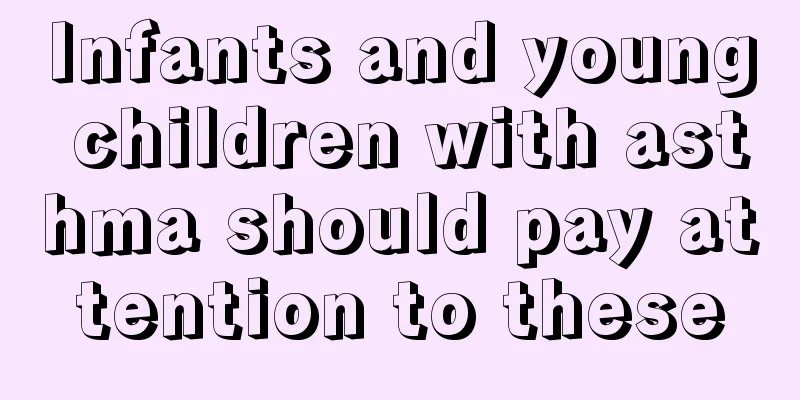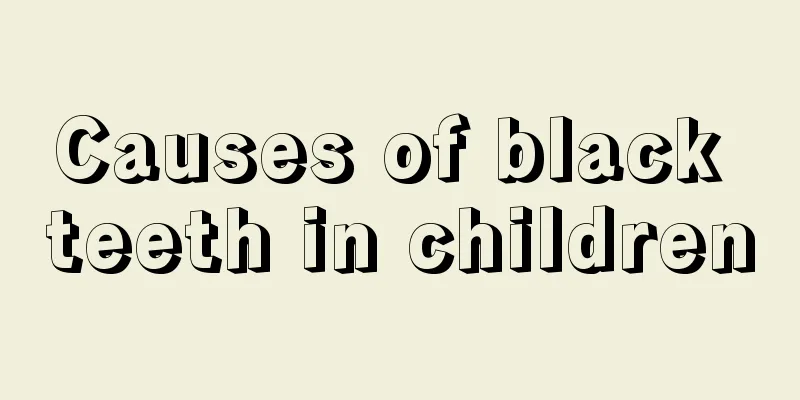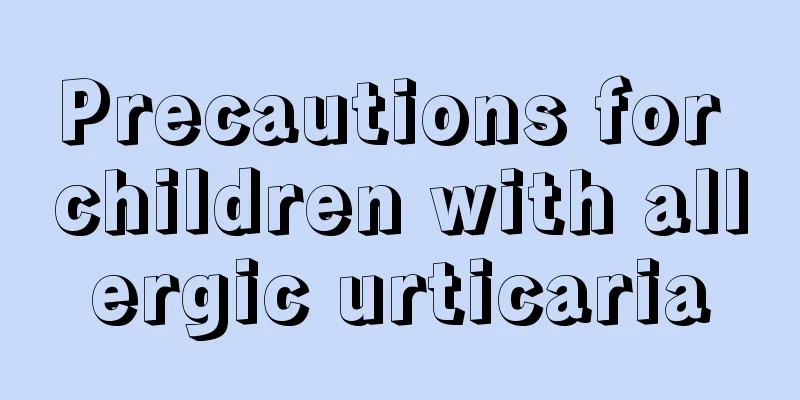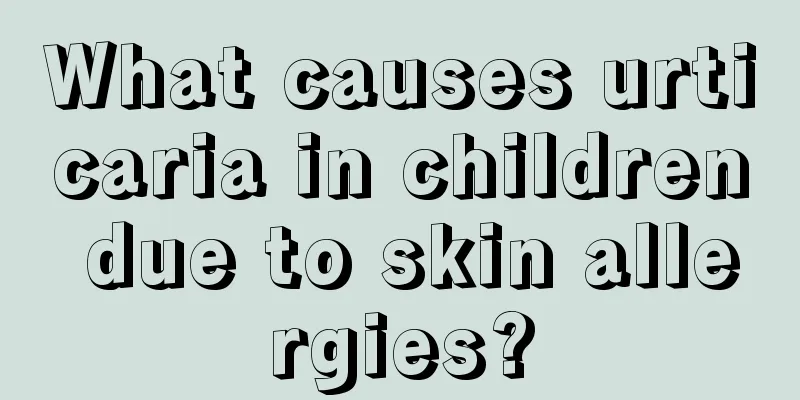What happens if my child has a lump on his chest?
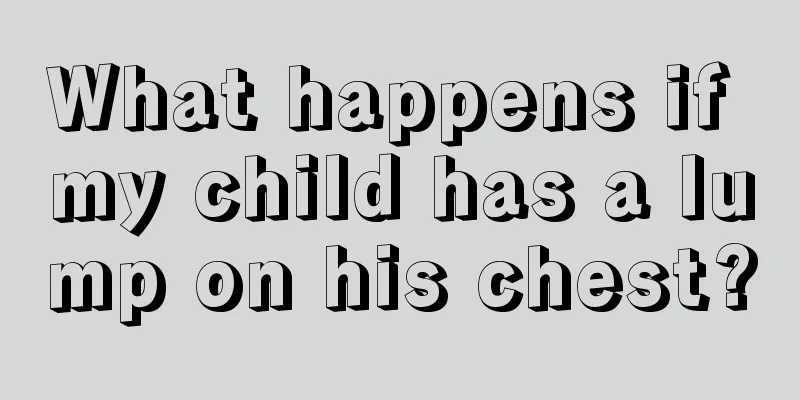
|
Parents are very concerned about the development of their children. When children reach their teens, they will begin to enter puberty. At this time, children will have more abnormal symptoms, some of which will affect their lives. For example, adolescent children will have lumps on their chests, which are very painful to touch. Let's take a look at what's going on when a child has a lump on his chest? You should consider the possibility of having accessory breast. Don't worry. We suggest you go to the nearest large hospital to see the breast department for a detailed examination and treatment based on your own situation. If you don't have other discomfort, you don't need to deal with it for the time being.Don't worry about observing it to see if it's growing. If it's not growing, it's okay. Also, see if it's fixed or can move around. If it's fixed, it's not good. And if it grows fast, it's not good either. This is a normal phenomenon that occurs in some children. This age may be a sign of development for little girls and can be further observed. If secondary sexual characteristics appear before the age of 8, it may be considered precocious puberty. Women will experience similar situations when their breasts begin to develop a few years before their first menstruation, usually developing under one breast.The appearance of lumps in a child's breast may be a symptom of the child entering puberty. At present, you should observe whether the pain lasts too long. If not, you do not need to see a doctor for examination. If the pain persists, you should see a doctor for examination to determine whether there is a problem. The earliest breast pain in girls usually occurs between the ages of 9 and 13. At this time, girls' breasts begin to develop and they will have a slight feeling of pain. After menarche, the swelling and pain will disappear on its own as the breasts mature.At this time, a harder lump can be felt under the nipple and areola. The boundary is not clear and it is slightly painful to touch. It is about the size of a bean or a peanut. As age increases, this lump gradually grows larger, becomes softer, and grows diffusely. Breast pain that occurs during breast development should be considered physiological breast pain. There is no need to be afraid and no treatment is required. Most girls will experience this phenomenon during breast development. |
<<: Two-year-old baby always falls when walking
>>: What to do if your child always hits others
Recommend
What foods are good for children with anemia?
As children grow up, many of them will develop pi...
What should I do if my child coughs and vomits? These measures are very effective!
Many parents think that children’s coughing is no...
What is the disease that causes yellow eyes in children?
For many new mothers, they don’t know much about ...
What to do if baby has red spots on his buttocks
Now that people's living conditions have impr...
What to do if your child has stomachache
During the development and growth of children, th...
Causes of recurrent asthma attacks in children in autumn and winter
Children are more likely to experience symptoms o...
What are the symptoms of acute gastroenteritis in infants
Infants with acute gastroenteritis need to be tre...
What are the symptoms of hernia in children?
Generally, if a child has pediatric hernia, there...
Symptoms of heavy dampness in children
We often say that a person has a lot of dampness ...
Child's chin is purple?
If a child's chin turns purple, it is mostly ...
What are the symptoms of wind-heat cold in children?
Everyone knows that colds are inevitable in life....
What are the requirements for a baby's height-growing diet?
The healthy growth of the baby is very important ...
How to improve children's memory?
Children can be said to be the hope of the family...
Symptoms of acute upper respiratory tract infection in children
In fact, nowadays, many parents are busy with wor...
If the baby has diarrhea, should I massage him counterclockwise or clockwise?
The baby's spleen and stomach functions are v...

